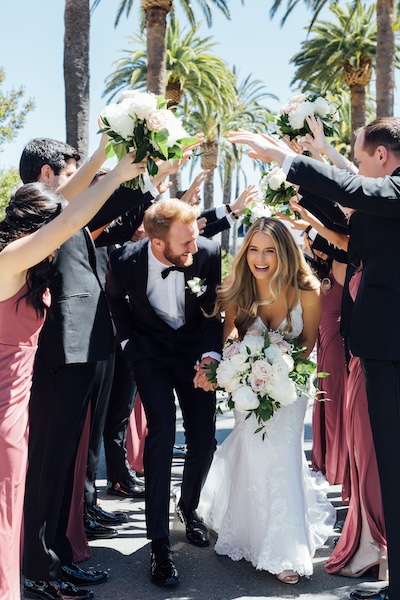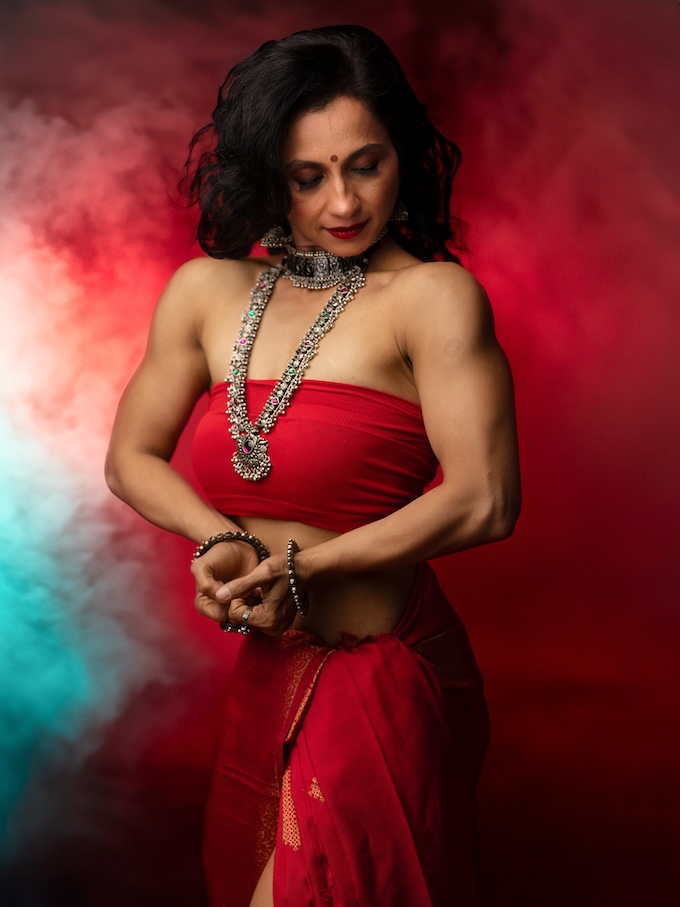Business + Marketing
Film Photography for Beginners: The What, Why and How
February 18, 2022
The couples that I work with usually have some sort of connection to film photography. For example, I’ve had a bride whose father is an established film photographer, I’ve photographed individuals who shoot film for their own personal memories, and others who are photographers themselves. The common thread is the nostalgic feeling of film and how analog photography was something they remember fondly because of elements in their lives, like old family albums and childhood photos. As someone from a generation that grew up with our childhood memories on film, there’s definitely an emotional attachment to the medium. It’s sentimental, it’s familiar and it embodies the visual elements of memories. No wonder “film photography for beginners” is a top search term online.
[Read: The Wedding Summit at WPPI 2022—Wedding Photography Education at its Best]
Although a lot of the couples I work with are specifically seeking out analog for their wedding photography, there’s often a bigger association to a broader appreciation for photography as a medium of art. Every single couple I’ve worked with mostly appreciates the craftsmanship and the scarcity involved with film and how that influences my decisions when capturing a photograph—and how it equally influences our perception of the photograph since it wasn’t created in an environment of abundance.
HOW I COMMUNICATE FILM PHOTOGRAPHY TO CLIENTS IN MY BUSINESS


Over the past few years, I’ve put more emphasis on my film photography work through my marketing materials, website and copy. I talk about film in my Instagram captions, throughout my blog posts on my site, and in all the print materials that I share with current clients and potential clients. The more I talk about film photography and make it a focus in my business, the more I’ve been able to connect with couples who have similar values and creative inclinations.
A lot of the commercial work I create and all the personal memories I capture are on analog. I think when people see that film photography is truly something important and valued in my own life and practice, they understand that it’s a genuine tool I use to enhance my visual diary.
At first, I was slightly hesitant to go deep into the fact that I use film because I didn’t want it to feel like a gimmick or a trendy thing I was doing for the sake of being different or to be pretentious. One of the major elements for both myself and the couples I work with is that film photography has a more timeless aesthetic compared to trendier and more heavy-handed editing of digital images. It hits the sweet spot between capturing reality and an enhanced beauty that elevates subtle elements in the image.
MY FILM CAMERAS AND HOW I USE THEM


The look and feel of film photography is timeless and no matter how hard we try to replicate it with editing or shooting tricks, there’s nothing quite like the real deal—color palettes, grain—and the unique character that each lens, camera and film combination can create often feels infinite.
[Read: Aperture and Depth-of-Field—How to Understand (and Break) the Rules]
Maybe that’s just what I tell myself as an excuse to hoard various film cameras and stock my fridge as full as possible with film, but I love utilizing various combinations on any given shoot.
For those searching around for more info on film photography for beginners, it might be helpful to know that I have a few go-to cameras that I bring to weddings:
- Mamiya 645-AFD Pro II
- Canon EOS-3
- Yashica T5
- Polaroid OneStep camera
- Polaroid SX-70
Each piece of gear has a very specific use and achieves a very defined mood or feeling in the resulting images.
I use the Mamiya 645 for portraits, family photos and details because medium-format film has such a distinct depth-of-field and the negatives can be printed with massive resolution due to the size of the negative.
The Yashica T5 offers that more familiar point-and-shoot vibe that you’d get from a disposable camera, and I use it often to capture fleeting moments since it’s such an intuitive and easy-to-use camera that I can use to fire off a photo on a whim at any moment.
The Canon EOS-3 is more of my standard workhorse since it can take all the modern Canon lenses I use in tandem with my digital camera when I’m shooting hybrid for a wedding.
The Polaroid is probably my favorite camera to use since the results are often unpredictable and offer up a more classic analog look. There’s something endearing about the many imperfections involved with a Polaroid, but that’s what makes every single image truly unique, and the tangible element of a Polaroid naturally makes images that we hold onto in more intentional ways. My fridge at home is covered with Polaroid photos, and I have a stack of them on my coffee table for my friends to sift through when they come hangout. I guess in general, that tangible element that’s associated with film photography is what truly makes it special.
[Read: The Rule of Thirds—How to Use It and When to Break It]
MY FILM PHOTOGRAPHY STOCKS


When it comes to the topic of film photography for beginners, I wouldn’t say I have a single go-to film. But in general, this is what I use often:
Color—Kodak Gold, Portra 800, Cinetstill 800T
Black and White—Kodak Tri-X 400, Ilford 3200
I genuinely find it fun that you can achieve varying results by using different stocks; it keeps things interesting for me as a photographer. I’ve shot enough film photography to know what sort of results to expect in various situations, so if I’m aiming for something ultra-specific, I know what film or camera to reach for in all circumstances.
[Read: Creative Photo Editing—How a Funky Style Emerged from Lockdown]
My fiancé has lab scanners here at home, so I’m spoiled that he gets to handle my negatives and can help bring the images to a very specific look that I’m aiming to achieve. This cuts out a lot of time in the editing room, which is another major reason why the bulk of the work I photograph is on film.
I’m also lucky that I work in Toronto, one of Canada’s largest creative hubs. It makes it easier to connect with likeminded couples who understand these nuances and romanticize the emotional value of art so that we can have some of their most important memories captured on a tangible medium like film.
Ryanne Hollies is a Toronto-based wedding photographer who was designated as a Rangefinder 30 Rising Star of Wedding Photography in 2021.




